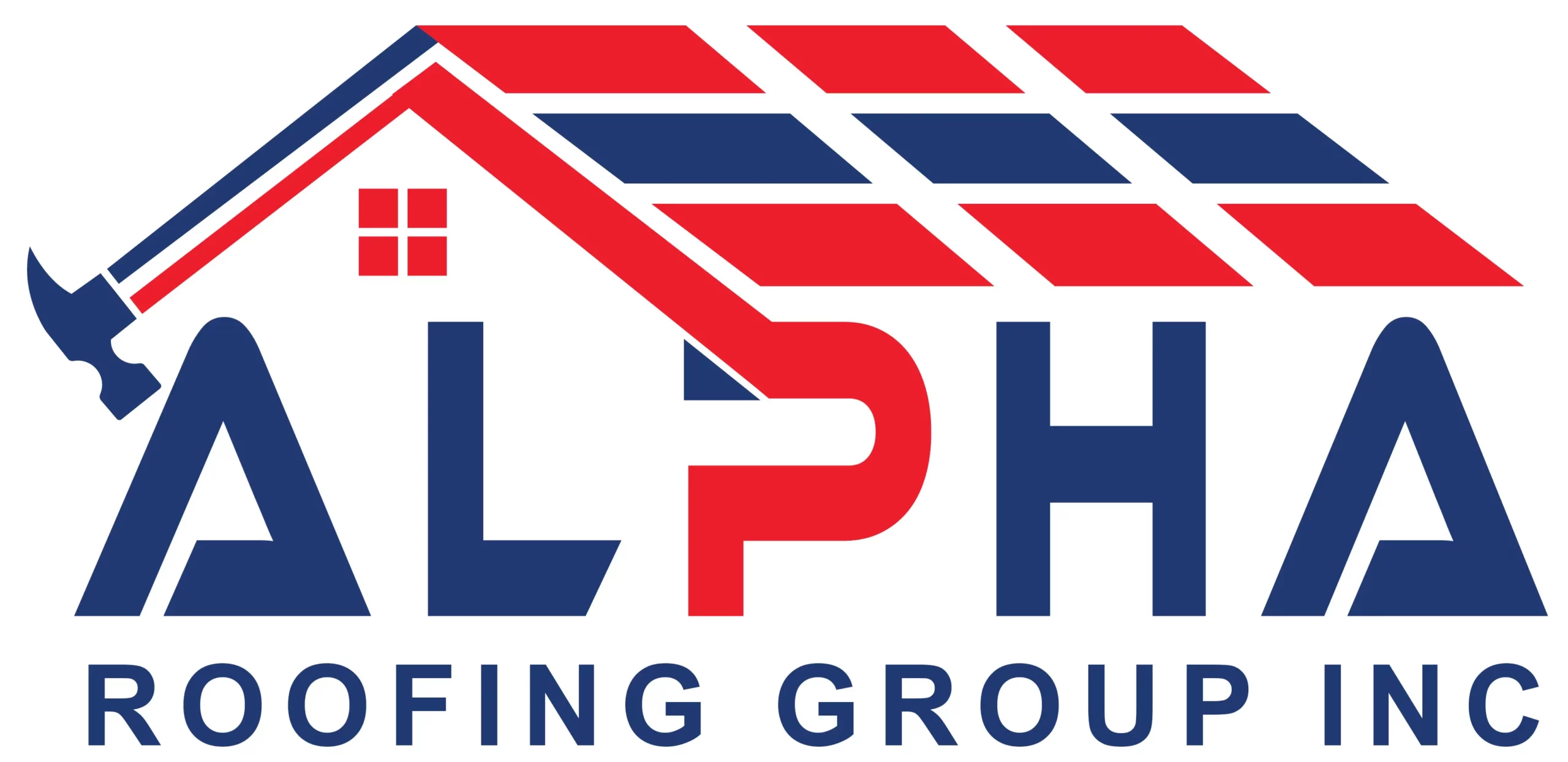Introduction to Residential Roof Ventilation
Overview of Roof Ventilation Systems
In the quest for home comfort and efficiency, attention to a residence’s roof ventilation system is paramount. Residential roof ventilation refers to the mechanisms in place that allow for the seamless flow of air in and out of a home’s attic space. This airflow is critical not only for the longevity of the roof itself but also for maintaining a pleasant indoor environment throughout the year.
Defining Residential Roof Ventilation
A typical ventilation system involves an intake of cooler air through vents located at the roof’s edge or in the soffits, while warmer air exits from the higher points like ridges or gables. The circulation of air prevents stagnation, regulates temperature, and minimizes humidity – key to maintaining structural integrity and comfort indoors.
The Importance of Proper Ventilation
Without adequate ventilation, homes are at risk of damaging effects such as mold growth, wood rot, and inefficiencies in heating and cooling systems. It is thus crucial for homeowners, particularly in climate-variable regions like Burbank, CA, to ensure that their roof ventilation is installed correctly and maintained regularly.
Benefits of Roof Ventilation in Burbank
The benefits of well-designed roof ventilation systems are particularly salient in the
Assess and Improve Your Roof Ventilation
Evaluating Your Current Roofing System
To determine the effectiveness of your existing roof ventilation, start by looking for signs such as irregular temperatures in your attic, frost accumulation during winter, and peeling paint near roof overhangs. These symptoms can suggest inadequate ventilation, which may lead to escalated energy bills and discomfort within your home during Burbank’s mild winters. Alpha Roofing specialists can provide a thorough assessment to identify any issues and suggest improvements tailored for your residence.
Signs of Poor Ventilation
Indicators of poor attic ventilation can be subtle but significant. You may notice moisture problems such as mold, mildew, or condensation, which can compromise the integrity of your roofing materials. In the winter months, an overburdened heating system can point to poor heat distribution due to inadequate airflow. If these signs are present, it’s time to take action to protect your home from the preventable damage caused by insufficient ventilation.
Professional Assessment by Alpha Roofing
Seeking professional input is a prudent step towards optimizing your home’s thermal management. Alpha Roofing’s licensed roofing specialists in Burbank offer expert evaluations to help you understand your roof’s current state. Our team leverages years of experience to deliver precise recommendations for enhancing
Professional Roof Ventilation Services in Burbank
Alpha Roofing’s Installation Services
When it comes to the installation of residential roof ventilation systems, Alpha Roofing stands at the forefront in the Burbank community. Our approach is to offer not just a service, but a tailored solution ensuring that each home receives the specific type and design of ventilation system best suited to its needs. This customized approach is crucial for maximizing the efficiency and overall performance of your roof’s ventilation.
Expertise of Licensed Roofing Specialists in Burbank
The backbone of our exceptional services lies in the expertise of our licensed roofing specialists. With in-depth knowledge of the latest roofing technologies, including cutting-edge ventilation systems, our team in Burbank is equipped to handle intricate installations with ease and precision. By entrusting your roof ventilation needs to our skilled professionals, you’re ensuring the longevity of your roofing system and the comfort of your indoor environment.
Upgrading and Maintaining Your Roof Ventilation System
Roof Ventilation Upgrades for Enhanced Efficiency
Considering an upgrade to your existing roof ventilation can bring several benefits, especially if your current system is dated or underperforming. Upgrades can include adding or replacing vents, integrating a more balanced system, or introducing automated solutions for
Handy Tips
Tip 1
Enlist a professional roofing expert to evaluate whether your attic’s insulation and ventilation is sufficient, mainly for the chillier seasons.
Tip 2
To bypass the creation of ice dams, which can wreak havoc on your roofing structure, ensure the installation of appropriate ventilation for continuous airflow.
Tip 3
Transition to high-efficiency roofing and ventilation options that can lessen winter heating expenses and enhance the air quality within your home.
Tip 4
Opt for the expertise of roofing professionals for the correct sizing and placement of ventilation systems to guarantee they perform to their full capacity.
Tip 5
Commit to regular roofing examinations each season to clear obstructions and certify that your home’s roofing ventilation remains effective, especially during winter.
Commonly Asked Question
What are the different types of residential roof ventilation systems?
There are several types of residential roof ventilation systems designed to promote optimal airflow. These include soffit vents, ridge vents, gable-end vents, turbines, and box vents, which work together to create a balanced system for air intake and exhaust.
How can poor roof ventilation affect my home in Burbank?
Poor roof ventilation can lead to a number of issues such as increased energy costs, moisture-related problems like mold and wood rot, temperature inconsistencies, and potentially even damage to your roof structure. Ensuring proper ventilation is crucial for the longevity and comfort of your home in Burbank.
Can Alpha Roofing help me assess the state of my roof ventilation?
Yes, Alpha Roofing specializes in evaluating the state of your roof ventilation. Our team of licensed roofing specialists can conduct a thorough inspection to identify any issues and provide tailored recommendations to improve efficiency and prevent long-term damage.
What are some common signs that indicate my home needs better roof ventilation?
Common signs of inadequate roof ventilation include irregular temperatures in your attic, visible frost accumulation during winter, peeling paint near the roof overhangs, increased energy bills, and signs of moisture like mold, mildew, or condensation within the attic space.





